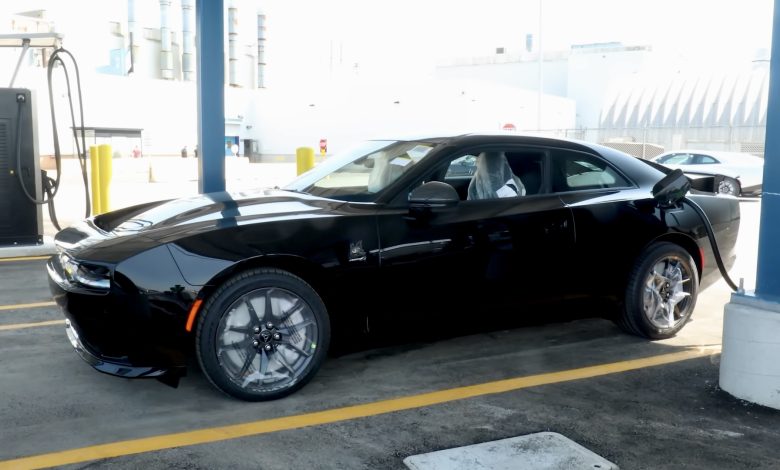
The Dodge Charger Daytona (LB) has generated its fair share of controversy since its all-electric debut, and the 2025 model year is shaping up to add another chapter to that story. A couple of our sources close to Stellantis suppliers have confirmed that production of the 2025 Charger Daytona will be paused at the Windsor Assembly Plant in Ontario between March and May 2025. The reason? Stellantis is preparing for a major upgrade — the introduction of Factorial’s solid-state battery technology.
Factorial’s New FEST® Battery Pack –

Stellantis plans to debut Factorial’s FEST® (Factorial Electrolyte System Technology) solid-state batteries in the Charger Daytona, making it the first Stellantis EV to adopt this next-gen tech. The claimed energy density of these batteries is an impressive 391 watt-hours per kilogram (Wh/kg) at the cell level. However, once integrated into an EV’s battery system, the added weight reduces this number somewhat.
While technically not a fully solid-state technology, Factorial’s cells fall under the “semi-solid” category, utilizing a “quasi-solid electrolyte.” This allows for the use of a lithium anode, replacing the current graphite anode, and enabling higher energy density alongside advanced cobalt- and nickel-based cathodes. This innovative technology promises a significant leap forward in EV performance.
With an energy density of over 390 Wh/kg—far surpassing today’s lithium-ion batteries—these solid-state packs could offer a driving range of over 600 miles (965 km) on a single charge. That’s a significant improvement over the 268 miles (431 km) offered by the R/T and the 241 miles (388 km) of the Scat Pack. Despite offering more energy, these new batteries are a third of the size of current lithium-ion packs, meaning we could see a weight reduction and more efficient use of space.
However, there are still many questions surrounding the new Factorial cells. Will they be durable enough to last a decade and cover over 100,000+ miles without significant degradation? Can they be practically mass-produced in the same ways lithium-ion cells are for vehicles today? And, most crucially, can all of this happen at low enough prices to cut the cost of EVs for consumers?
The Partnership Between Stellantis and Factorial Energy –
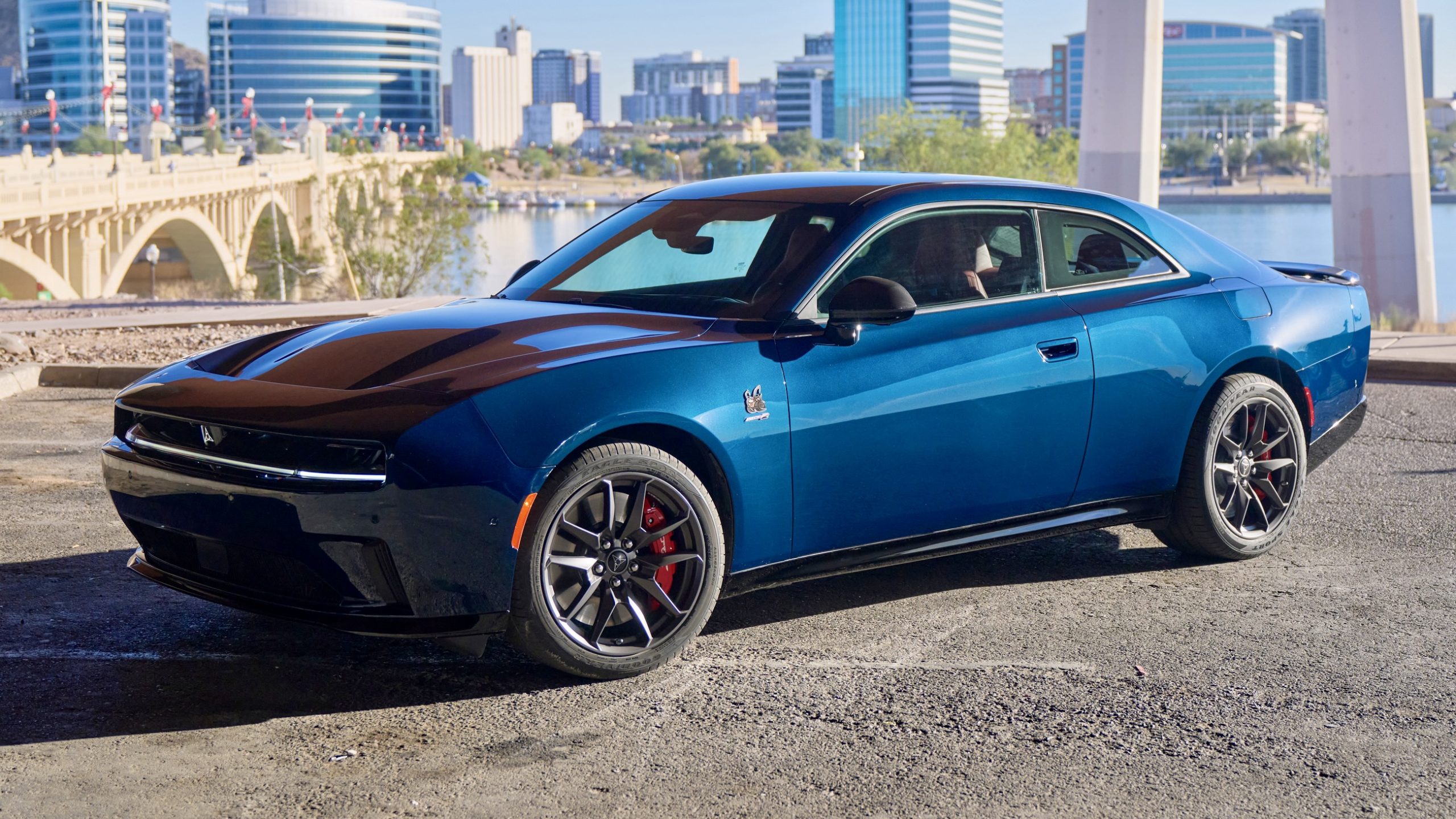
This major leap forward is a result of Stellantis’ partnership with Factorial, which began in 2021 when Stellantis invested $75 million in the battery startup. In October 2024, Stellantis officially confirmed that the 2026 Charger Daytona would be the first model to use this advanced battery technology. Real-world testing has already begun with 2026 Charger Daytona models, and it looks like these batteries will be ready sooner than expected.
Factorial’s innovation doesn’t stop with Stellantis. The company has also formed development agreements with Hyundai, Kia, and Mercedes-Benz. Additionally, in 2023, Factorial opened a small battery plant in Methuen, Massachusetts, and a development office in Munich, further expanding its reach and capabilities in the EV battery market. Factorial’s all-solid-state EV batteries are expected to launch by the end of the decade.
The 2026 Charger Daytona promises more range, quicker charging times, and better overall performance. As Stellantis’ Chief Engineering and Technology Officer, Ned Curic, said last year, this partnership will “ensure customers benefit from improved performance, longer driving ranges, and faster charging times in the coming years.” And if the solid-state batteries are cheaper to manufacture than the current lithium-ion ones, we might even see lower prices for the 2026 models—something fans would surely welcome.
It is also worth mentioning that Stellantis‘ Senior Vice President and Head of Global Propulsion Systems, Micky Bly, currently serves as a Board Director for Factorial Energy. He is joined by another former Chrysler Group executive, Dr. Dieter Zetsche, who acts as an Investor and Senior Advisor to Factorial.
Is It Coming To Production In 2026? –
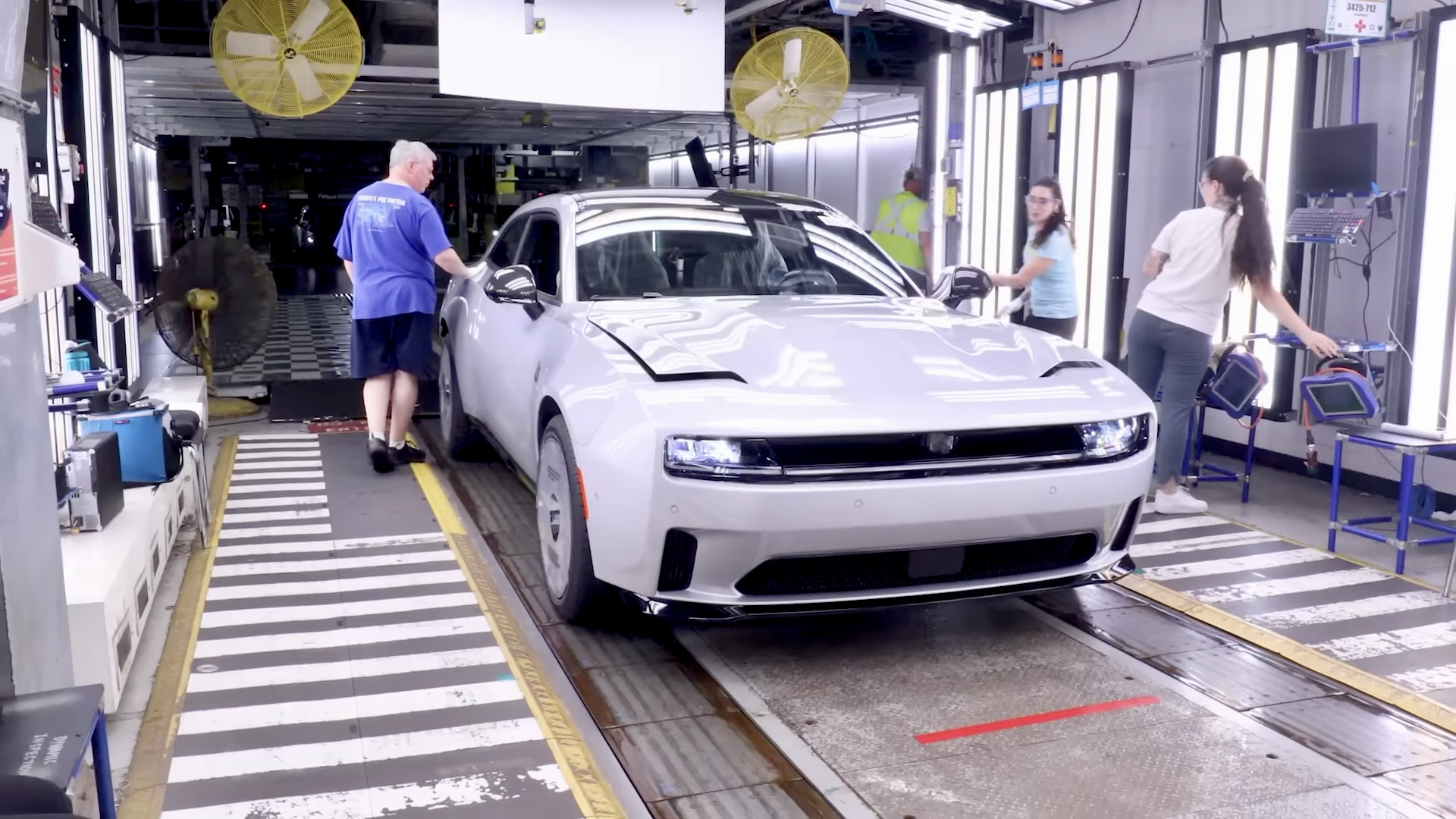
Currently, it is unclear whether the pause in production is solely to prepare for the demonstrator fleet or to produce the actual consumer models. We are actively looking into this.
Sources at Windsor have indicated that the 2026 Dodge Charger Daytonas will receive a new battery tray to accommodate the upgraded battery packs.
Additionally, we’ve learned that the date for Job #1 of the 2026 Dodge Charger Daytona is scheduled to begin on Monday, May 26th. This means production of the 2025 model year will likely end in March when the pause takes effect. The May 26th date will mark the start of production for both the LB29 (two-door) and LB49 (four-door) variants of the 2026 Dodge Charger Daytona.
Stay tuned as we continue to provide updates on this developing story.

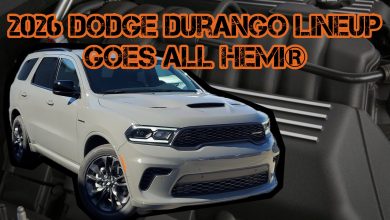
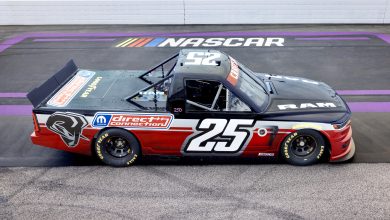

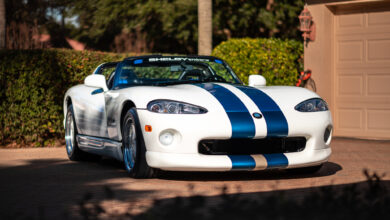
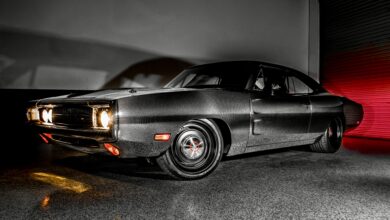
26 replies
Loading new replies...
Join the full discussion at the Mopar Insiders Forum →